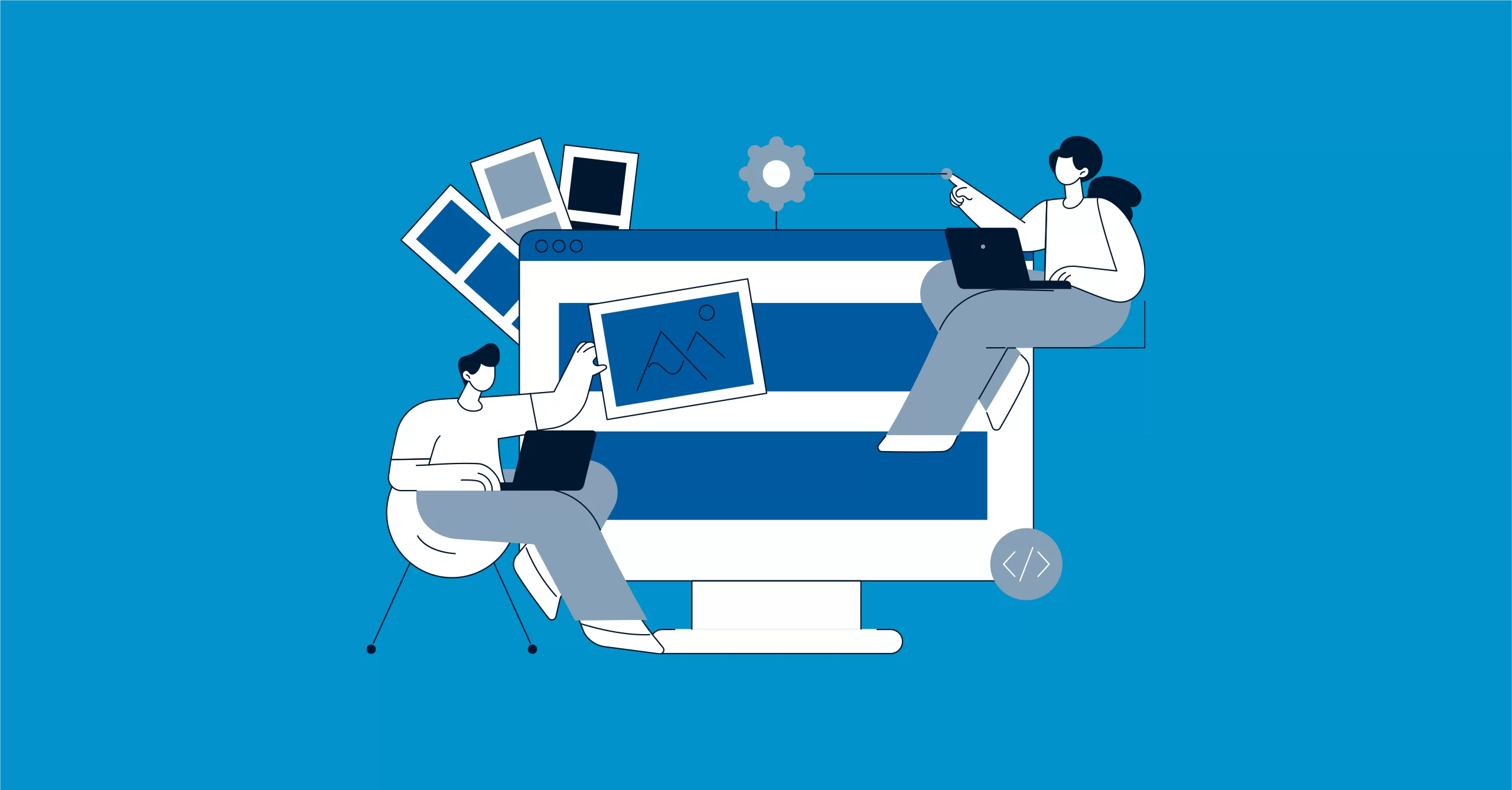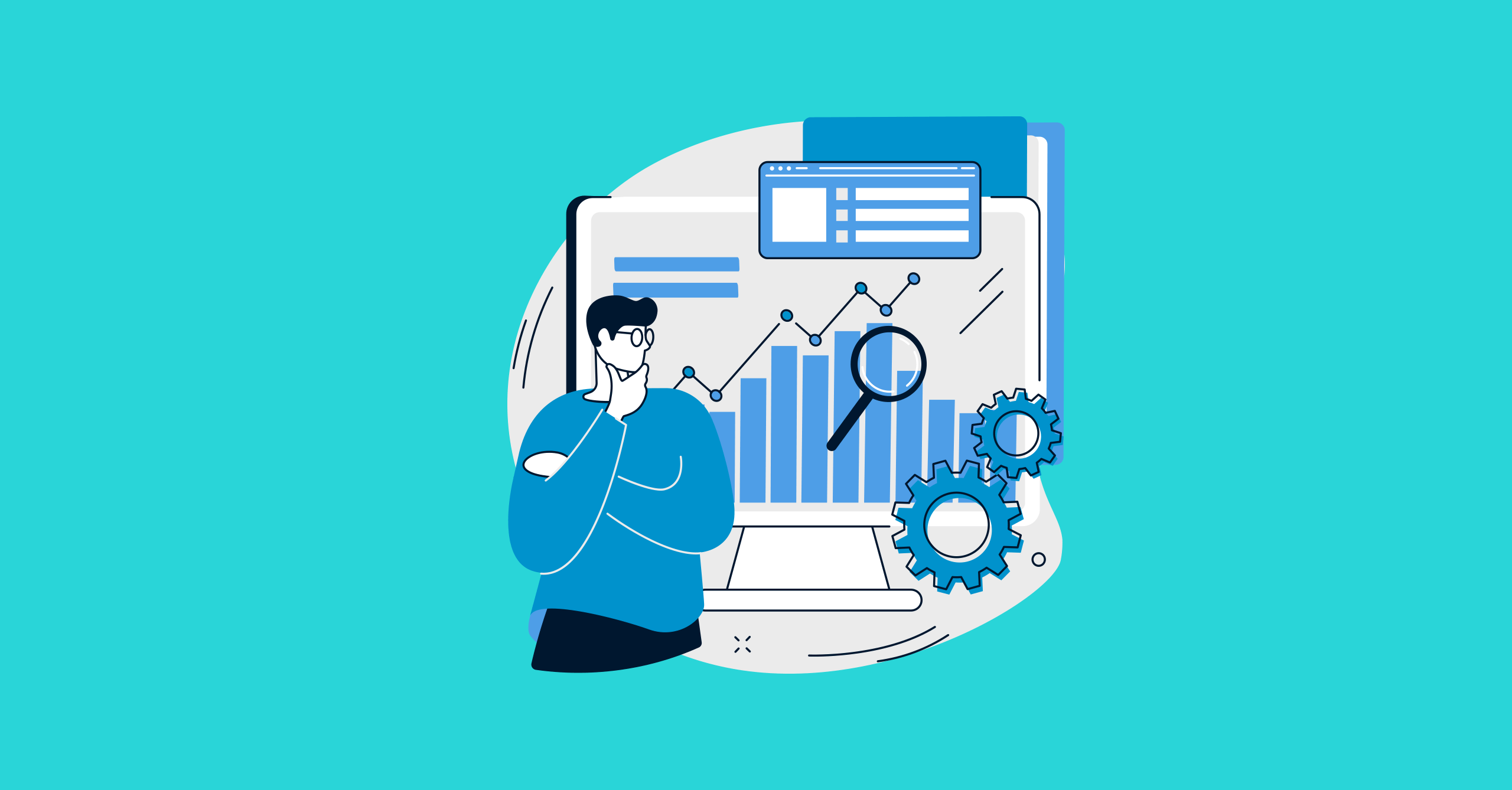What Is Business Process Software and Why Does It Matter?
For companies aiming to grow efficiently and sustainably, business process software plays a critical role. The right solution digitizes operations end-to-end, streamlines process optimization, and strengthens collaboration across the organization. At the same time, it provides a solid foundation for continuous improvement and innovation.
Choosing the right business process software eliminates bottlenecks, enhances internal collaboration, and accelerates growth. With tailored digital transformation solutions, SPIDYA Software reduces dependency on IT and enables departments to model their own processes with ease. For more details, you can explore our article: “What Is Low-Code in Business Process Digitalization?”
However, the wide range of alternatives in the market can make the selection process complex. Wrong choices may increase costs and complicate process management. That’s why it’s crucial for businesses to identify their needs accurately and focus on key selection criteria.
Cheetah Low-Code Development Platform enables departments to easily design their own workflows and drive continuous improvement through digital business process solutions.
A Roadmap to Choosing the Right Business Process Software
Before purchasing business process software, organizations must thoroughly analyze their existing workflows. Which steps need improvement? Which departments will be affected? What are the priorities? Without clear answers, investments may be made in unnecessary features. The right software should align directly with the organization’s unique processes.
1. Needs Analysis and Alignment
Before purchasing business process software, organizations must thoroughly analyze their existing workflows. Which steps need improvement? Which departments will be affected? What are the priorities? Without clear answers, investments may be made in unnecessary features. The right software should align directly with the organization’s unique processes.
2. Technical Capabilities and User Experience
A user-friendly interface shortens adoption time, while complex systems can create resistance among employees. Additionally, the software should integrate seamlessly with existing ERP, CRM, or accounting systems, ensuring uninterrupted data flow. Flexibility and customizability are critical factors to adapt to the unique operations of each organization.
3. Cost and Return on Investment
Hidden costs such as licensing, maintenance, support, and updates should be calculated upfront. It’s important to choose solutions that provide tangible long-term benefits rather than simply opting for the cheapest option. The right software accelerates ROI by improving speed, efficiency, and accuracy across processes.

4. Vendor Reliability and Support
The experience of the software provider, customer references, and post-sales support are crucial. Without 24/7 support, training services, and regular updates, the sustainability of the software is at risk.
5. Performance and Scalability
As businesses grow and processes diversify, software must offer strong reporting and analytics capabilities to measure performance. At the same time, it should be scalable to handle increased workloads in the future.
Testing, References, and Support
Once technical criteria are established, the final steps that strengthen the decision-making process are essential. First, observe how the software performs in real-world scenarios rather than relying solely on its specifications. Request a demo or pilot implementation, and carefully evaluate employee experiences, ease of use, and alignment with daily operations.
Data gathered during the demo not only demonstrates the software’s functionality but also reveals how quickly the team can adapt to it. Next, review the vendor’s existing customer references and, if possible, contact them directly to learn about long-term usage experiences. This step provides critical insights into the software’s reliability and sustainability.
Conclusion
Finally, clarify the post-purchase support process. Service Level Agreements (SLA), update policies, and training services ensure that the software continues to deliver value to the business over the long term. This makes the decision a solid investment that meets not only today’s needs but also future requirements.
For more on how to make business processes sustainable through strategic management—not just software—check out our article: “Why BPM Matters and How to Implement It”.




